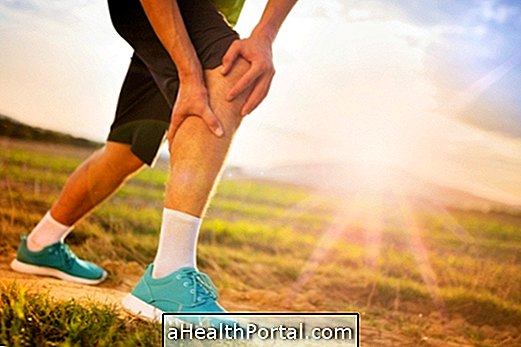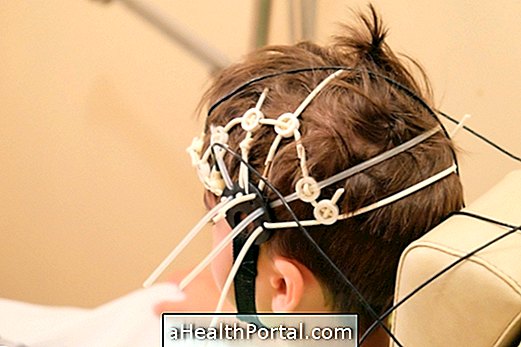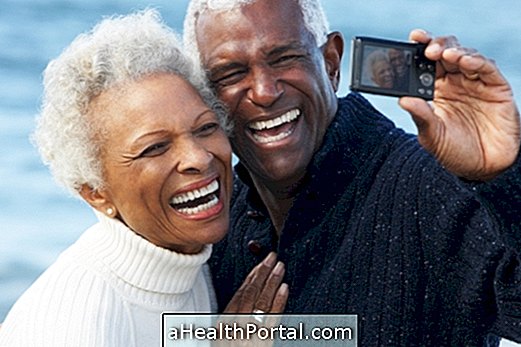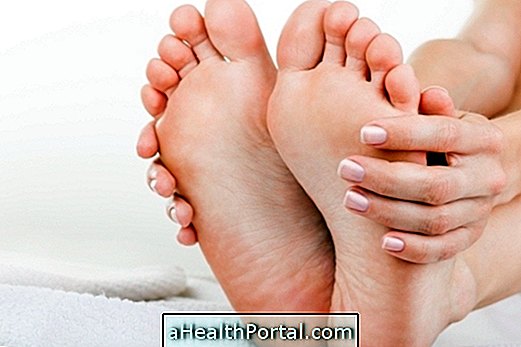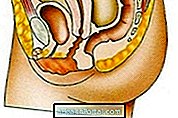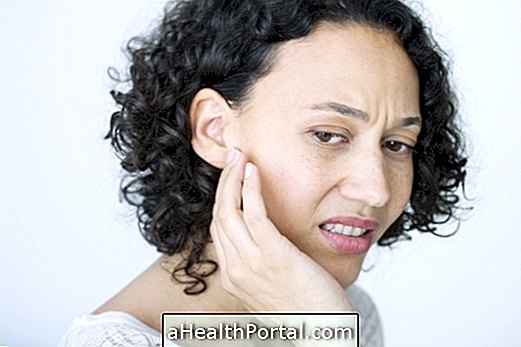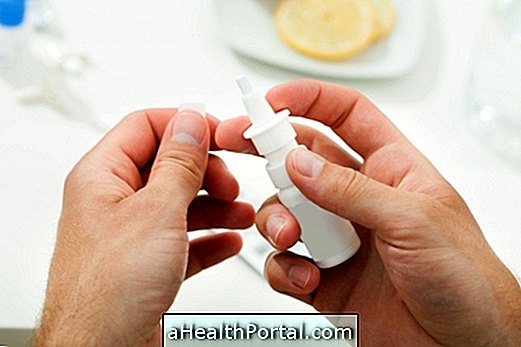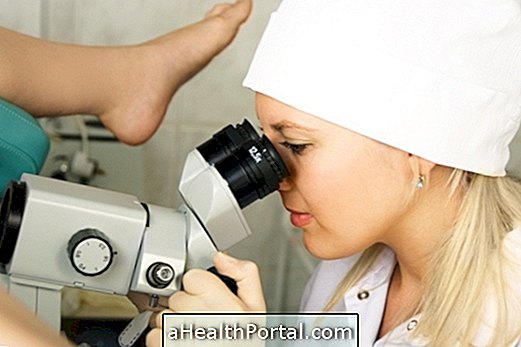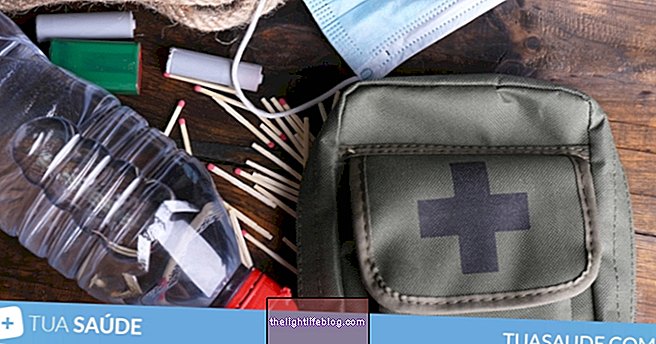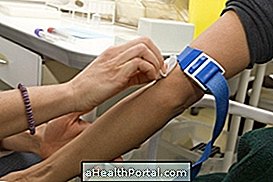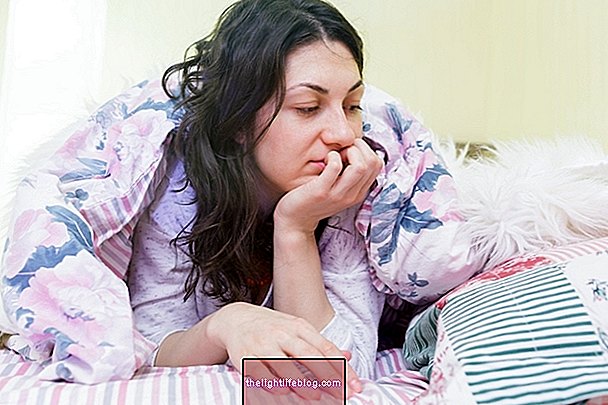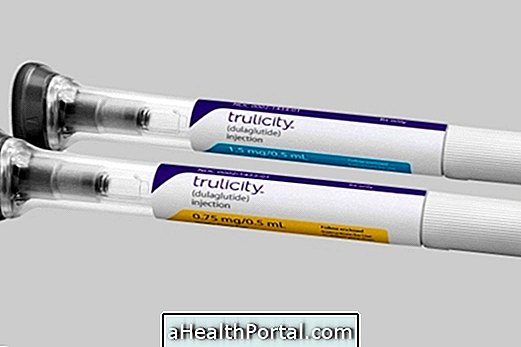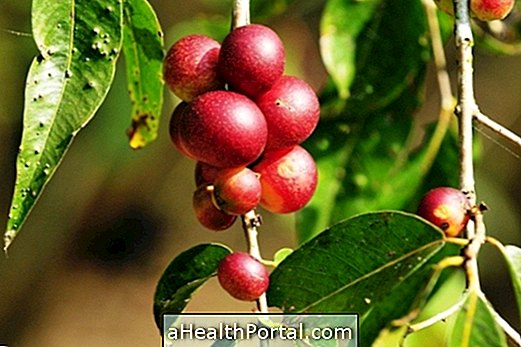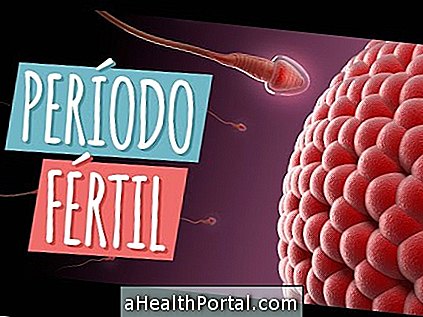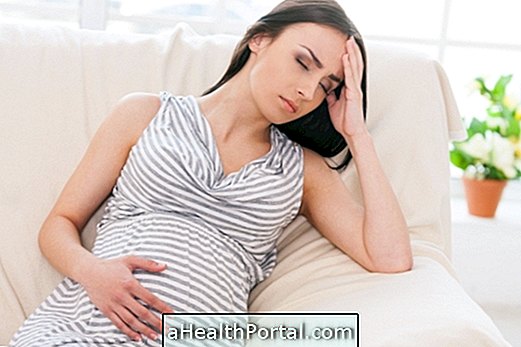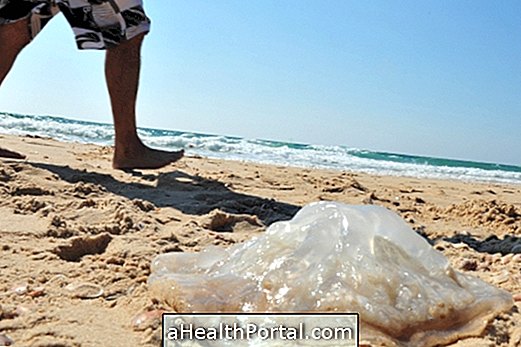Colitis is inflammation of the gallbladder, which is a small pouch that is in contact with the liver, and stores the bile, a fluid that helps in digestion
A cholecystitis causes symptoms such as abdominal pain in colic, nausea, vomiting, fever and tenderness to palpation of the abdomen, and can occur acutely, with intense symptoms and rapidly worsening, or chronic, when symptoms are milder and drag on for weeks to months.
In addition, the inflamed gallbladder can happen in 2 ways:
- Lithiasis or calculus cholecystitis : it is the main cause of cholecystitis, and it happens as a result of stones in the gallbladder, because one of the calculations can cause obstruction of the duct that allows the bile to drain, making the gallbladder distended and inflamed. Understand what causes the stone in the gallbladder;
- Alyssal cholecystitis is an inflammation of the gallbladder without calculations, a cause not yet fully understood, more common in the elderly, diabetics and in people who are seriously ill due to infections, burns, severe trauma or after complicated surgeries.
In either case, cholecystitis should be treated as soon as possible to avoid more serious complications such as organ rupture or generalized infection.
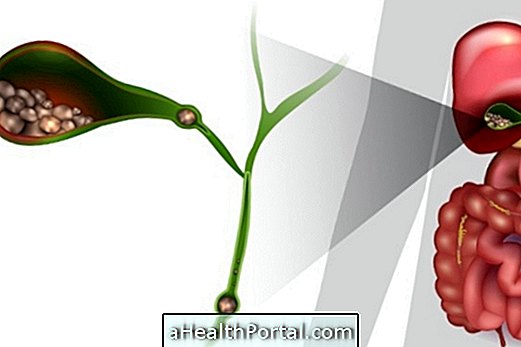
Main symptoms
The most characteristic symptom of cholecystitis is abdominal pain, however, other symptoms may vary if it is an acute or chronic illness.
1. Acute cholecystitis
In most cases, the symptoms of cholecystitis include:
- Colicky pain in the upper right abdomen, which persists for more than 6 hours;
- Abdominal pain radiating to the right shoulder or back;
- Sensitivity in the abdomen during palpation in the medical examination, where the best known signal is called the Murphy signal;
- Frequent nausea and vomiting;
- Fever;
- There may be yellowing of the skin and eyes.
These symptoms usually appear a few minutes after meals, being more intense after eating greasy foods, since bile is used by the body to help digest fats and absorb nutrients.
2. Chronic cholecystitis
Chronic cholecystitis is a long-lasting, drawn-out inflammation that usually results from earlier episodes of acute cholecystitis. The main symptom is pain in the belly, which goes back and forth frequently, especially after eating.
As a consequence of these repeated crises, the vesicle may undergo changes in its characteristics, becoming smaller and with thicker walls. It may also lead to complications such as calcification of the walls, called a porcelain vesicle, fistula formation, pancreatitis, or even the development of cancer.
How to confirm
When symptoms suggestive of cholecystitis occur, it is recommended to consult a general practitioner or gastroenterologist to perform the clinical analysis and diagnostic tests, such as ultrasound or computed tomography, to assess if the gallbladder is inflamed and identify what is causing the problem, being more easy to choose the right treatment.

What are the causes
In about 90% of cases, cholecystitis is caused by calculi in the gallbladder, which causes obstruction of bile flow in the duct called the cystic duct, which allows the bile to exit the gallbladder.
Sometimes the obstruction does not happen by a calculation, but by a nodule, a tumor, the presence of parasites or even as a result of a surgery in the bile ducts.
In cases of alysal cholecystitis, inflammation of the gallbladder occurs due to causes that are not well understood, but elderly people who are critically ill, who have undergone complicated surgery or diabetics, for example, are at risk.
How is the treatment done?
Treatment for cholecystitis is usually initiated with hospital admission to help control inflammation and alleviate pain so that the gallbladder removal surgery is done. It is generally recommended that the gallbladder be operated within the first 3 days of the onset of acute inflammation. Thus, treatment may include:
- Fasting: As the gallbladder is used in digestion, the doctor may recommend stopping the intake of food and water for some time to relieve pressure in the gallbladder and improve symptoms;
- Fluids directly into the vein: due to restriction to eat or drink, it is necessary to maintain the hydration of the organism with saline directly in the vein;
- Antibiotics: it is common for the vesicle to become infected during cholecystitis, as its distension facilitates the proliferation of bacteria within it;
- Analgesics: can be used until pain relieves and inflammation of the gallbladder reduces;
- Laparoscopic cholecystectomy : Laparoscopic cholecystectomy is the primary form of surgery to treat cholecystitis. This method allows a faster recovery as it is less aggressive to the body. Understand how the gallbladder surgery is done and how recovery is.
In cases where cholecystitis is a serious myth and the patient does not have the clinical conditions to undergo surgery, drainage of the gallbladder is possible, and cholecystectomy is reserved for after stabilization of clinical conditions ..
